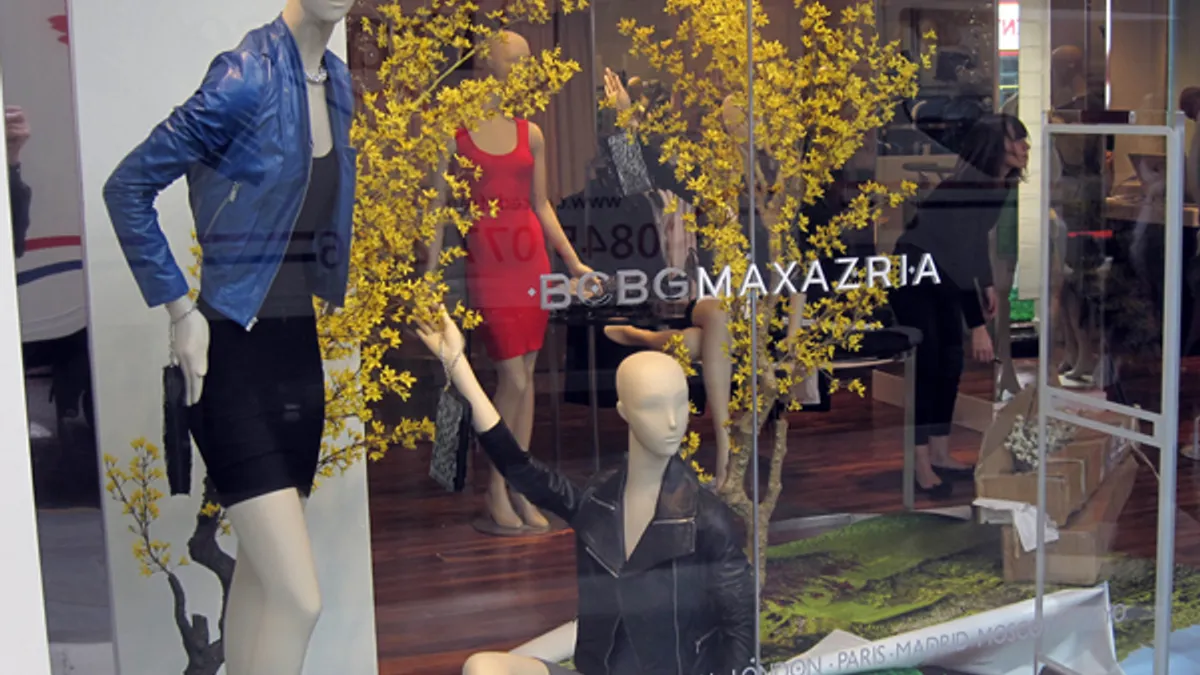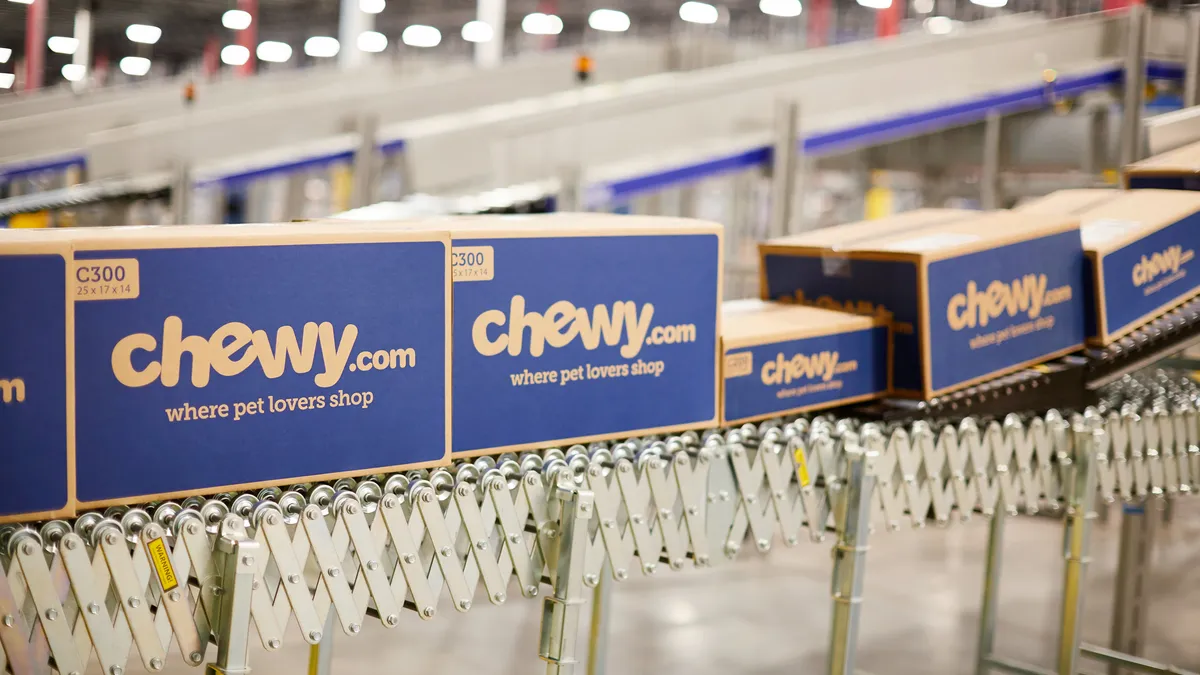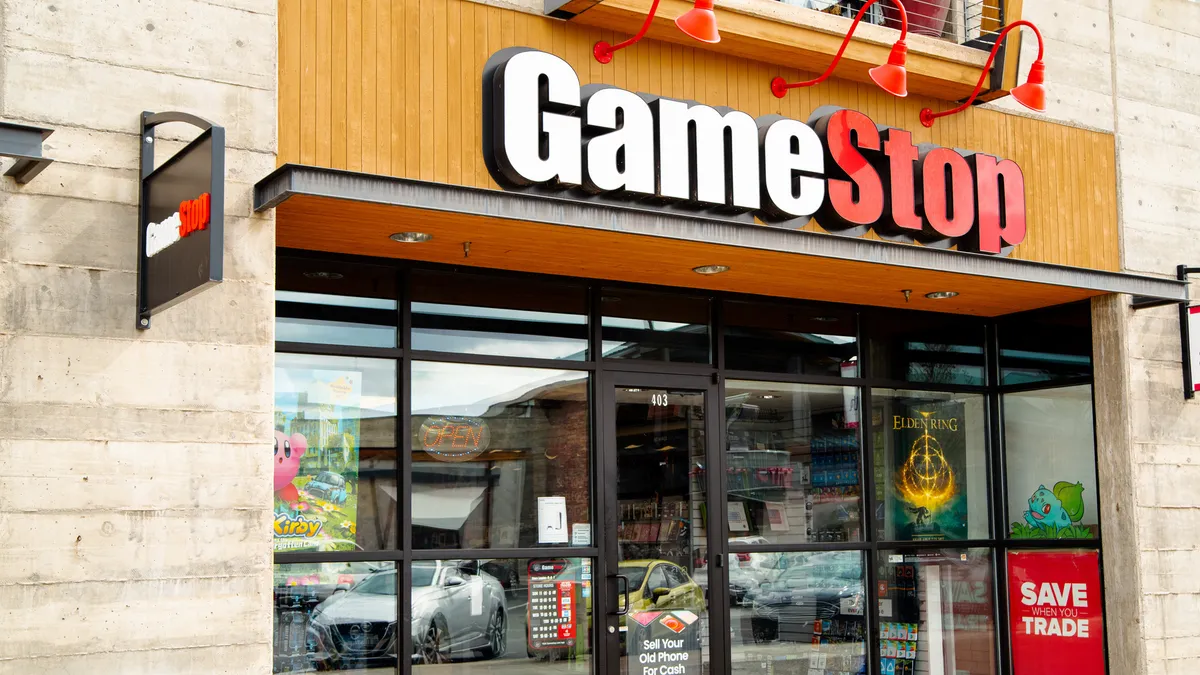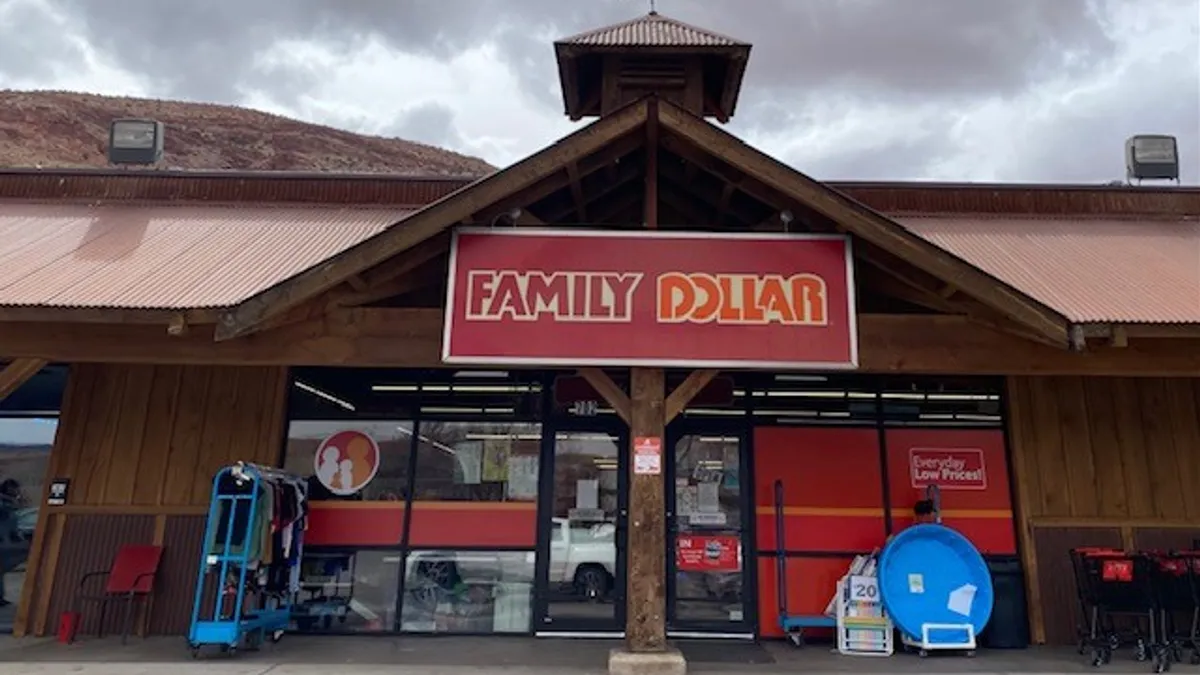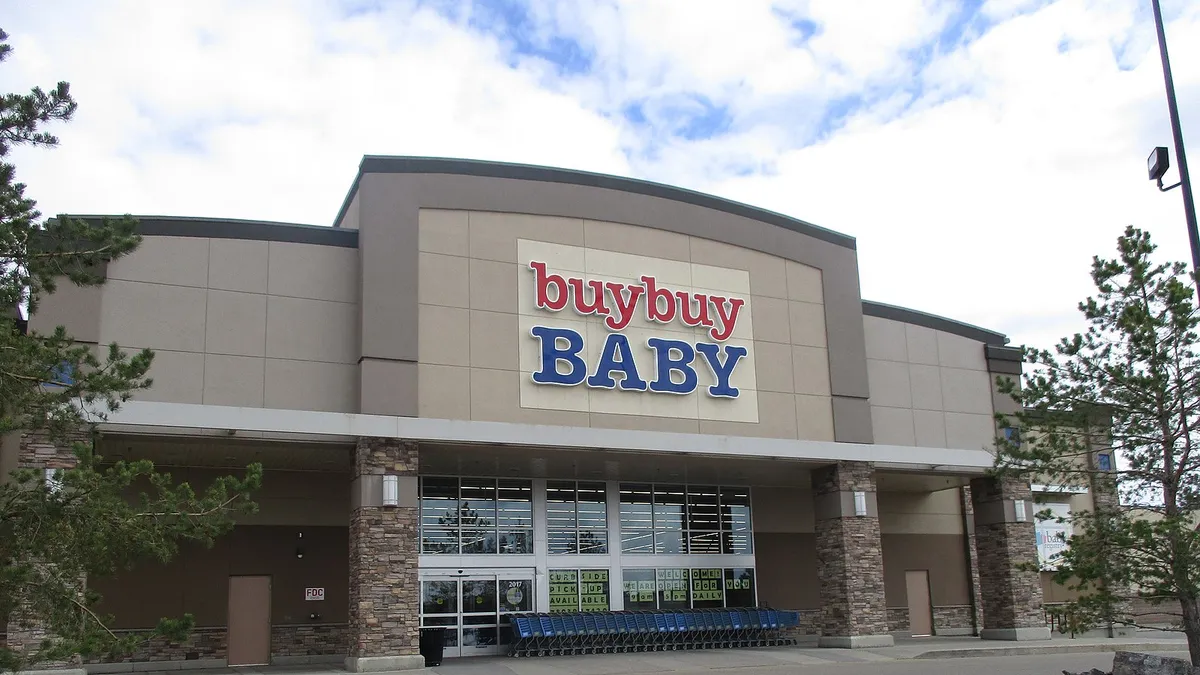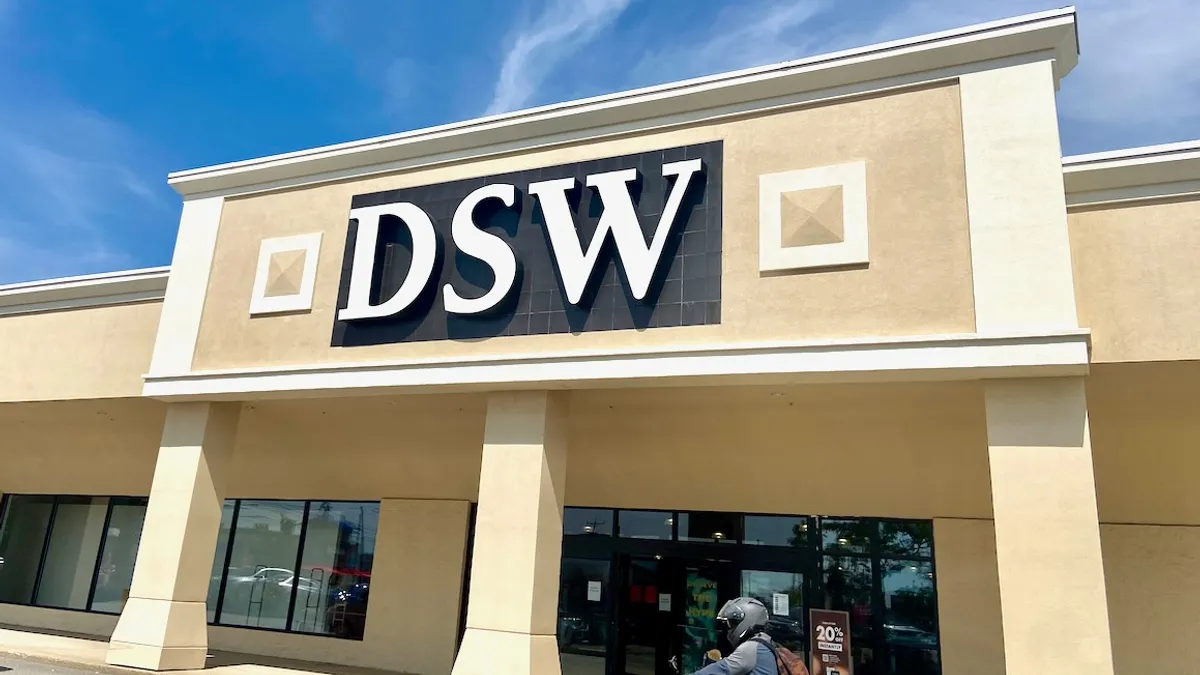In June 2016, Women’s Wear Daily described the BCBG Max Azria Resort 2017 runway collection as “fresh, colorful, distinctive and easy-to-wear.”
It was the last collection the Los Angeles-based women's fashion brand would show.
Around the time that BCBG elected not to show at September’s Fashion Week, California Apparel News reported that the company was laying off 123 people; that employees were complaining about the direction of the business; and that staff was being asked to work fewer hours. Max Azria, the Tunisian fashion designer who in 1989 founded BCBG (so named for the Parisian slang "bon chic, bon genre," or "good style, good attitude"), had been on paid leave since July 2016, and The Wall Street Journal reported that he hadn’t been seen in the office in weeks. That same month, his daughter Joyce, the creative director of lower-cost line BCBGGeneration, left to start her own brand.
Certainly, BCBGMAXAZRIAGROUP had been floundering for years. Its portfolio, which includes BCBGMaxAzria, Hervé Léger by Max Azria and BCBGeneration, struggled to connect with customers, and subsequently the firm found itself with an outsized debt which by 2013 had risen to $685 million. Longtime investor Guggenheim Partners LLC was responsible for $475 million of that.
In 2015, BCBG received $135 million from investors to help restructure that debt; its problems persisted, however, and in January 2017, the company hired business management consultant AlixPartners LP to tackle the challenge. By the beginning of New York Fashion Week in February 2017, BCBG — which began showing at the event in 1996 — was making WWD headlines for bankruptcy buzz rather than its clothing. And on March 1, the inevitable happened: The company filed for Chapter 11 bankruptcy protection.
“BCBG has never been an easy trade for investors, given its inherent fashion risk combined with high leverage,” Reshmi Basu, associate editor at Debtwire, an analytics company specializing in debt and finance, told Retail Dive. “In 2011, BCBG was in the market with a [refinancing] transaction, and at the time, potential investors expressed reluctance in playing the deal, citing poor earnings trends and a lack of transparency into its multiple fashion lines. And for the most part, those problems have persisted, given how competitive the environment is. In 2013, we saw Guggenheim, the largest lender, seize control of a controlling interest in the borrower, with Max Azria retaining a stake. And in 2015, we saw the company bring in advisors to explore strategic alternatives. Fast forward to now, the company has tapped a new group of advisors and is now looking to pivot towards a wholesale model, and exit store locations.”
Although AlixPartners declined to comment on the ongoing situation via its marketing director Tim Yost, outside analysts expect that BCBG’s possible move towards becoming a wholesale-only concern is a way to avoid dissolving the brand, and the reputation it has built.
But even if the turn toward wholesale pivot succeeds, BCBG has lost its footing as a cohesive fashion voice. By way of explaining its Chapter 11 protection filings, BCBG said on February 28 that online shopping and changing consumer tastes were responsible for its decline, and in a comment emailed to Retail Dive for a previous article on the brand's struggles, Seth Lubove — a spokesman for BCBG at Sitrick & Company — explained, “Like so many other great brands, BCBG has been negatively impacted by the growth in online sales and shifts in customer shopping patterns and, as a result, has too large a physical retail footprint. In order to remain viable, the company — like so many others in its industry — must re-align its business to effectively compete in today’s shopping environment.” (Lubove said the realignment would likely reduce free-standing stores while increasing the brand’s focus on online, licensing, and in-store boutiques.)
The complexities BCBG has been facing in the marketplace are not singular. Companies including The Limited, Wet Seal and American Apparel have endured similar issues. But experts says that while there are similarities between many of these brands, there are also notable differences.
“Sure, there is a common thread to these declines,” Adheer Bahulkar, partner in the retail practice of global strategy and management consulting firm A.T. Kearney, told Retail Dive in reference to BCBG, The Limited, Wet Seal, Aéropostale and others. “Yes, year-on-year traffic is down, and yes, e-commerce is growing at 10 to 20% every year, and accounting for close to 16 to 20% of all apparel sales. But these are systemic and structural challenges that everyone faces. To understand whether a brand will thrive or not, we really need to understand the specific situation for each brand, and what each brand is able to do.”
Too big to succeed?
BCBG — at its peak, a staple of red carpet fashion worn by celebrities including Sharon Stone, Halle Berry and Alicia Keys — was a victim of its own success, according to Bahulkar. “In the early ’90s, they were one of the original brands that made designer wear accessible,” he said. “They introduced glitzy, fashionably-styled nightwear for the urban woman. In hindsight, though, one can also argue that BCBG perhaps tried to do too much.”
Bahulkar says that introducing hundreds of new products across multiple brands targeting a wide array of women while simultaneously focusing on wholesale and retail across more than 40 countries could not have been easy to scale, both creatively and organizationally. “It is very, very tempting to continue to do what you’re doing, but in doing so you are suddenly taking on a lot of complexity without enough scale behind any given segment or sub-brand to make it sustainable," he said.
Another major problem: BCBG was overstored, with just under 600 boutiques around the world.
“I think BCBG made the same mistake that a lot of retailers have made over that last 30 years, and it’s all coming out in the wash now,” Lee Peterson, executive vice president of brand, strategy and design at customer experience company WD Partners, told Retail Dive. “We have 48 square feet of retail per citizen in the U.S., versus 16 for Europe. We’re overstored. And the mistake retailers make is that once they have a concept, they satisfy every investor with growth. And growth is key. So then they have 25 stores instead of five, and then they don’t have the same margin as they once did, and it’s quantity instead of quality.”
By way of example, Peterson points to American Apparel, Banana Republic and The Limited (where he worked as a merchant for 11 years, leaving in 1991). “These stores didn’t have a good enough idea, or their idea was limited, and they were drunk on profits,” he said. “And you can’t be drunk and still be able to call that limit, especially when you have investment capital. And if you’re the founder, like Max Azria was, you’re getting richer and richer every time you open another store.”
That expansion ultimately became Azria's downfall. “BCBG was very focused on its own growth path, and, it seems, it was caught surprised and unprepared as the ground shifted underneath,” said Bahulkar. “BCBG is first and foremost about the product, but the consumer became less brand-loyal, freely shopping around across brands. Not only brands like DKNY, Calvin Klein, Guess, Juicy Couture on the premium end, but increasingly brands like Inditex, F21, Bebe, Bisou Bisou and department store brands on the mid-range, plus a score of online brands such as Dolls Kill, Missguided, etc., that specialized in micro-segments. That makes this a very crowded space, which makes standing out that much more difficult.” Bahulkar says that BCBG was also quite behind the curve when it came to creating a personalized online shopping experience, and only started making meaningful investments to rectify the issue in the last 12 to 18 months.
Not all stores collapse under their own weight, of course. Some companies manage to hit the zeitgeist just right. However, BCBG was not one of them.
“There’s a lot more room for certain brands,” said Peterson. “The Gap, to a degree in the 1990s, was right to expand, and to proliferate. More so than BCBG. But when do you call it, and how do you call it? How does Max have the foresight to stop expanding? His stock price would have tanked, and his personal wealth would have tanked, and really, if you think about it, it’s a very American disease. You can’t just have 50 stores in the top locations and sit on that. You have to keep rolling. And then you drink your own Kool-Aid. We did that at The Limited. We thought we could not be stopped, treating vendors like s---, all of that. And we thought we would never run out.”
Pricing problems
BCBG was also experiencing growth-related quality issues that created a disconnect between its product and its pricing. “It goes back to limitations,” said Peterson. “Max Azria, and whoever he surrounded himself with, had a good eye. BCBG was fashion, and it was a little overpriced, but it wasn’t too overpriced if they only had 50 stores. But for 570 stores, it was overpriced. You can focus more on quality if you’re making less, but it’s difficult to produce quality when you have that many stores. You need a series of manufacturers. Not just one. Then you can’t focus on quality control, and then all of a sudden your quality is s---.”
Bahulkar disagrees, however, and says that price wasn’t the problem. Rather, he says BCBG got lost in a crowded field.
“It is difficult to single out BCBG’s price point as an issue, simply because they have multiple brands and offerings at multiple price points,” Bahulkar said. “And their product is very good, and can stand up to their competitors, such as DKNY, Juicy, Calvin Klein, and even Gucci and Prada on the high end, in the minds of some consumers. However, the reality is that this is a very crowded space, and especially as consumers increasingly shop across brands and across price points, there will be continued pressure on all the brands.”
If price points were at all a factor for BCBG, Basu says it wasn’t because they were too high, but because they were too steeply slashed.
“Heavy discounting impacted profit margins,” she said. “We are seeing more and more retail businesses turn to a wholesale model. For instance, Wolverine Worldwide is closing many of its brick-and-mortar locations as it turns towards a wholesale model. J.Crew’s fashion assortments can be found on Nordstrom.com.”
Basu also says that the fast fashion retail model has impacted companies like BCBG. There was oversaturation as well, with BCBG apparel turning up at department stores including Saks Fifth Avenue, Neiman Marcus, Bergdorf Goodman, Bloomingdale’s, Macy’s, Lord & Taylor and Dillard’s.
“The fashion house somewhat cannibalized itself by serving as both a retailer and wholesale distributor,” said Basu. “And given the declines in mall traffic and the bruising environment for department store chains, BCBG struggled to become profitable.”
What's next?
Peterson calls the current environment "a perfect storm for all retailers,” adding “The real measurement is footfalls. The thing that’s killing traffic is that people are not going to stores as much, because they can get anything they want anytime they want it online. And it’s most significant during the most significant time of year, which is holiday. So to have that huge factor at the most important time of the year also kills them.”
It’s only going to get worse, Peterson warns. “2017 is going to see declines of more than 20%, and 2018 is the harmonic convergence of lease debt expiration, according to Moody’s Investors Service. The Gap alone may have 400 leases that expire in 2018. And if they can get out of those leases, they’ll get out.”
Peterson believes that the industry will see a culling not just of locations over the next few years, but of brands, too. “I think there’s going to be more of a whittling down and a dying this year and next year,” he said. “Some of them are at the end of their ropes. Once you go to white knight funding and venture and bean counting, you lose the brand and the fashion. There are some big players that will go out, like Sears and Kmart. And there are a lot of players who will hurt for at least a couple of years before they go out.”
Basu agrees. “Who isn’t failing?” she asked. “We have J.Crew, Gymboree, rue21, and Neiman Marcus. The list goes on and on. Gymboree will have to strike some type of deal with its lenders, given near-term maturities and high leverage.”
As the trends that took down BCBG affect the retail apparel industry as a whole, brands that want to stay afloat need to find a customer base and a retail space that will sustain them. “Perhaps the biggest missed opportunity, and hopefully an opportunity going forward for BCBG, is to create a distinct brand ethos and cultivate a sense of community around the brand,” said Bahulkar. “Brands that have a distinct identity and can build a strong, even if small, sense of community and following, and are going to be much better positioned to face the continued turmoil in the industry.”
However, Bahulkar says that common challenges will likely continue to affect brands across the sector. “BCBG is not the first,” he said. “And believe me, it is by no means the last to be severely challenged in surviving and thriving as a brand.”



